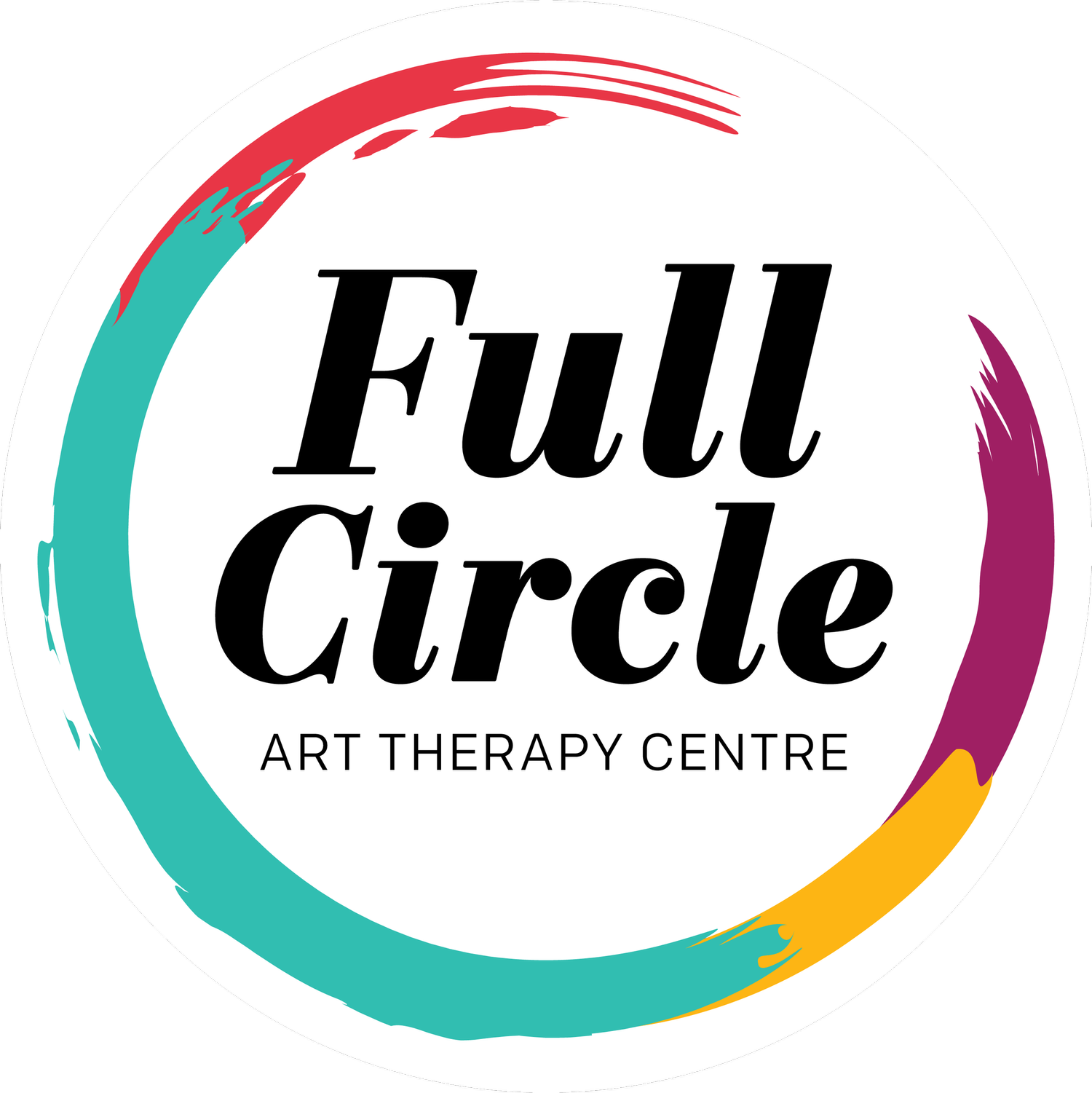How Can Art Therapy Help Individuals Heal From Trauma?
Trochez L. (2017), Unsplash
Author: Ashtyn Ford
Over the years of working as a therapist, it has become apparent that most people will experience some form of trauma in their lifetime. Furthermore, some individuals will experience trauma even more than once or on an ongoing basis, and some may have experienced it first in childhood and later in other times of their life. This is why trauma-informed care is so important in the field of psychotherapy and mental health care.
Trauma can happen in many ways. It might be caused by abuse and violence, injury from accidents or another unexpected experience that compromised one’s sense of safety. These events will cause negative responses in an individual, such as difficulties regulating emotions, disruptions to sleep, physical health issues, flashbacks or intrusive thoughts, mental health conditions (PTSD, Depression, Anxiety, etc.), and barriers in trusting themselves or others. The point is that traumatic experiences take on many forms and affect people in different ways, but all experiences are valid and deserve space for healing.
Recovering from trauma can come in many different forms, but the most effective treatment includes both your body and mind since they are impacted equally by trauma. Art therapy is a holistic form of therapeutic intervention that has been shown to be effective for working with clients who have experienced trauma. I will explain in more detail how art therapy can specifically help support individuals affected by trauma.
Art Therapy & Trauma
Gudeli, A. (2020), Unsplash
One of the most powerful ways to heal from trauma is through art. Giving people a safe space for self-expression that can help them regulate feelings and emotions associated with their experiences as well as find new ways they could express themselves without using words alone.
The art-making experience is an excellent way to release stress and heal traumatic wounds. The physical act of making art can provide individuals with a sense of control as well as relaxation. Art making can also provide a distraction from negative thoughts or sensations that could arise due to past trauma; it also helps us focus on our body/mind connection by engaging both brain hemispheres equally through movement & processing.
Art can be a powerful way to express oneself and gain self-esteem. The process of creating art allows people the opportunity for growth, both personal and creative; it helps them reconnect with their past life experiences or trauma while learning more about who they are overall by exploring different sides/aspects within themselves through this formative activity
The act of externalizing one’s experiences can be a useful outlet for individuals to explore their thoughts and feelings without having those things bottled up inside them. This helps people see the issue as being separate from who they are, but just part of an overall process that needs care in order not only to work out well on its own accord-it also allows these difficult parts to receive attention when needed so future interactions won’t always feel quite so overwhelming.
The healing journey from traumatic experiences can be challenging and takes time, which may cause feelings of despair or burnout. The artwork the client creates during the sessions with their therapist over time can later be used to help them reflect on their progress and milestones they achieved so far in their healing journey, and inspire hope for further growth.
Art therapy is just one of a few therapeutic treatment methods that can heal the impacts of trauma on the body and mind. Integrating other therapy modalities or holistic healing practices may also be beneficial to treating trauma alongside art therapy; each person’s mental health needs are unique and will vary.
Furthermore, it is not guaranteed that art therapy will work for everyone recovering from trauma, and other therapeutic approaches may be a better fit. An important part of the recovery process is having an open mind and trying out different treatment methods to see what works or doesn’t work for you personally. Remember there is no one right way to heal from trauma, there is no certain timeline or pathway to recovery, and healing is not a linear process.


